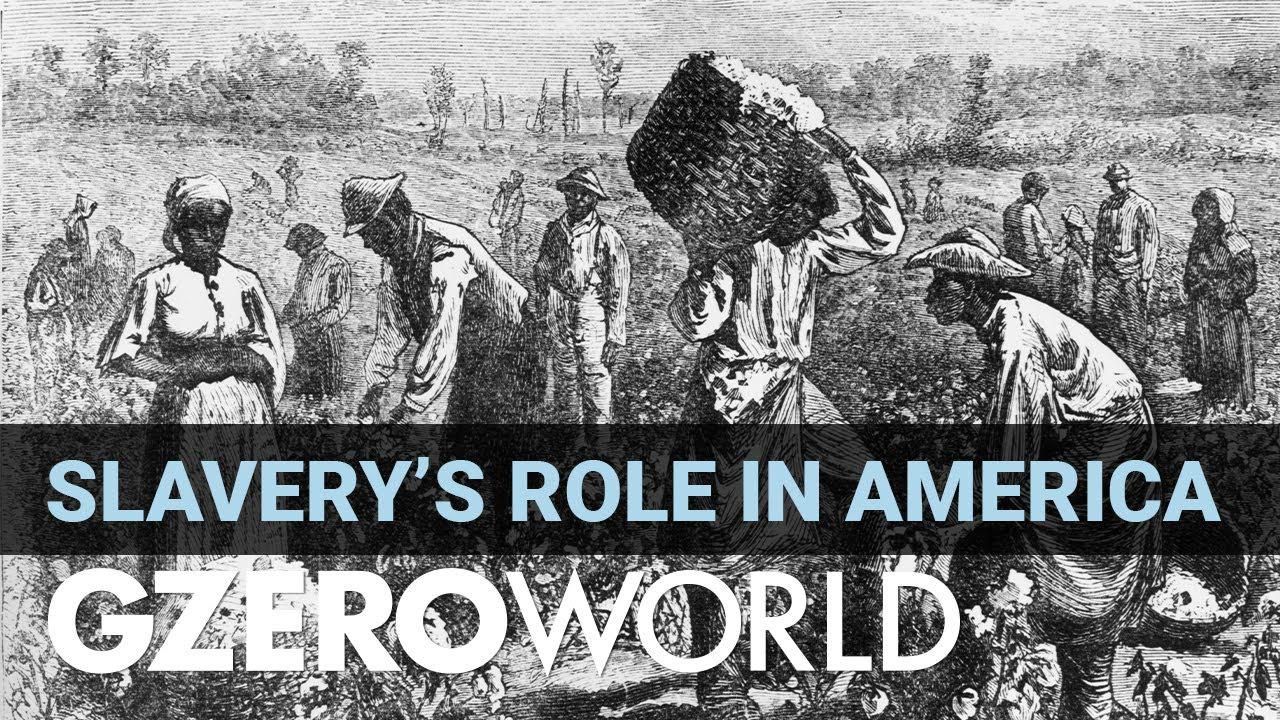GZERO World Clips
Nikole Hannah-Jones: America chose slavery — and benefited from it

Nikole Hannah-Jones: America Chose Slavery — and Benefited From It | GZERO World

Many people today still think US slavery was only prevalent in the South. They are wrong, says Nikole Hannah-Jones. All 13 colonies had slaves upon America's independence.
It's not just that the Founding Fathers were slave-owners, which we all know. Slave labor, the Pulitzer Prize-winning New York Times journalist points out, powered the US Industrial Revolution by producing cheap cotton for textiles.
"We've kind of tried to section slavery off as if it was just in the realm of the backwards South, but this wasn't American endeavor and our nascent capitalism, [which] was really built on the institution of slavery."
In her view and that of the 1619 Project she created, slavery is central to the American story because it wasn't accidental at all.
"We did not need slavery to be successful, but we chose slavery. And that led to our success in many ways."
Watch this clip from her interview with Ian Bremmer on GZERO World.
Watch the full episode of GZERO World with Ian Bremmer: Counter narrative: Black Americans, the 1619 Project, and Nikole Hannah-Jones
America’s new National Security Strategy confirms what Europeans have feared for months: Washington now sees a strong, unified European Union as a problem to be solved, not an ally to be supported.
In this episode of Tools and Weapons, Microsoft Vice Chair and President Brad Smith sits down with Ed Policy, President and CEO of the Green Bay Packers, to discuss how purpose-driven leadership and innovation are shaping the future of one of the world’s most iconic sports franchises. Ed shares how technology and community-focused initiatives, from Titletown Tech to health and safety innovations on the field, are transforming not just the game of football, but the economy and culture of Green Bay itself. He explains how combining strategic vision with investment in local startups is keeping talent in the Midwest and creating opportunities that extend far beyond Lambeau Field.
Subscribe and find new episodes monthly, wherever you listen to podcasts.
More than a week after Hondurans cast their ballots in a presidential election, the country is still stuck in a potentially-dangerous post-election fog.